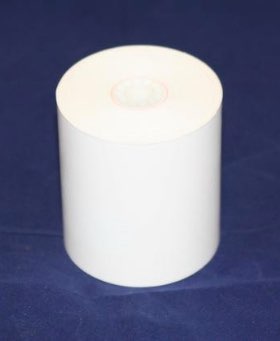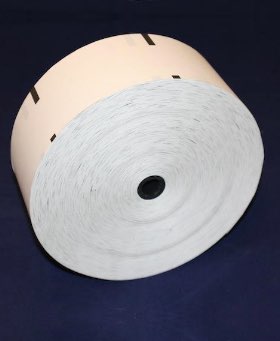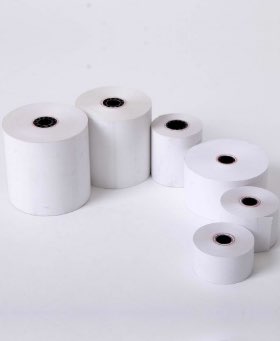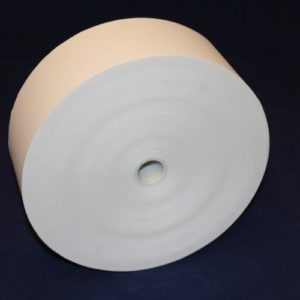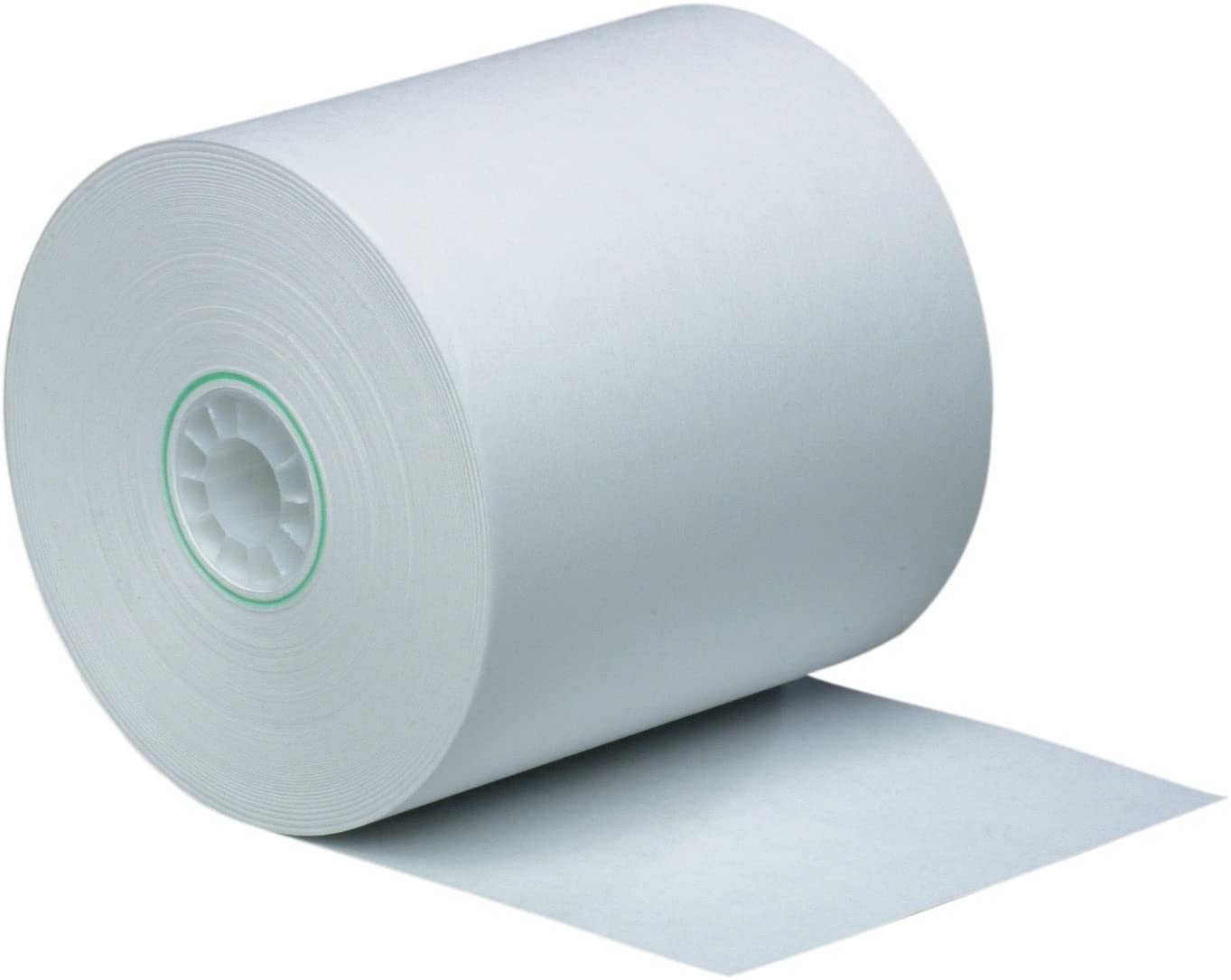
What Are Cash Register Paper Rolls?
Cash register receipts are paper coated with materials that change color when exposed to heat. They may not necessarily be thermal paper, which typically does not require ink, as the chemicals in cash register paper react to heat to shift to colored form. There are different cash paper receipt types, such as carbonless and bonded paper, to ensure that they are applicable in various cash printing circumstances.
Different types of cash register paper roll require considering certain factors when buying thermal paper. Getting the right cash register roll ensures value and the best customer experience, and the size and types of paper determine the functionality of cash register rolls. This article examines what cash register rolls are.
Features of Cash Paper Rolls
In addition to standard features like thickness and lengths, other factors contribute to the effectiveness of cash paper rolls. Here are more cash paper roll features that are essential to their functionality:
Dynamic Sensitivity
Dynamic sensitivity indicates how fast energy levels are applied when printing cash paper rolls. Cash paper rolls with high-quality printing capabilities have a higher dynamic sensitivity.
Image Stability
This feature refers to how many years the thermal print is readable when stored in the correct storage conditions for thermal paper.

Static Sensitivity
Static sensitivity indicates when the thermal temperature starts to form. A record of low static sensitivity indicates that images form at a higher temperature. On the other hand, a higher static record shows that images form at low temperatures. It’s a significant element to look at if printing occurs at a high temperature.
Advertising at the back
Most have a white, blank back that retail and financial institutions can utilize to advertise and reach customers. It’s cost-effective as you don’t have to spend much to place advertising material.
End of paper markers
Most of them have a red end of paper marker that gives you ample warning that the paper roll is near its end. Get ready to feed a new roll to minimize time spent serving customers.
Choose the Right Type of Cash Paper Rolls
One of the essential elements to look at when choosing the right cash paper rolls is the size since paper rolls come in different sizes to cater to various applications and the type of printer. Let the printer width guide you on the size and length of the kind of paper roll you should choose. You can try fitting the thermal paper into your printer for better accuracy.

Thick and high-quality thermal paper produces a clear print, while weak paper produces a blotchy image. High-quality paper turns a uniform black color with green elements after heating. That said, high-quality thermal paper has a higher price tag, so the pricing of thermal papers can also tell you if you’re making the right choice when selecting cash paper rolls.
Types of Cash Registers Paper Roll
Cash register rolls are available in five main types:
Bond paper
These are cash register thermal paper rolls with one layer. Bond paper appears to have no coating on its surface. Printing on bond paper is only possible with ribbon.
Thermal paper
Thermal paper has one layer with a coated printing surface that has a thermal chemical coating sensitive to the heat produced by a thermal print head. It does not need ribbons or other printing components.
Carbonless paper
Carbonless or NCR paper has at least two or more layers that leave a receipt copy for you, and the customer gets one. Unlike ordinary or thermal paper, it does not require ribbons or heat to print on the other leaves of paper. You can use it on dot-matrix printers.
Thermal label paper roll
Thermal label paper rolls don’t need ink ribbons but rely on heat to produce a print. Its application is mainly at the point of sale (POS) for barcoding scanning to get a product’s pricing.

Factors to Consider While Selecting Quality Cash Paper Rolls
Register paper rolls come engineered in different ways for flexibility in printing needs. When selecting the paper rolls, it is essential to note that they all have different chemical compositions. Such an attribute requires knowing which factors should guide you when choosing the right register paper for your needs.
Heat exposure
Select thermal register paper with heat resistance qualities for easy transportation, especially in the summer. That way, the paper stays readable since the heat has no effects on the chemical composition.
Top coating
Not all cash register thermal paper has a topcoat essential for protecting against environmental elements. Paper without the topcoat is unlikely to withstand certain conditions.
Thickness or durability
Thermal paper that’s thick is often high quality and durable. It’s better to go for thickness, value, and durability over quality with cash register paper rolls.
Smoothness
A high-quality cash thermal printer paper roll contains smooth paper in both the back and the front. Rough paper creates dust during printing, resulting in a damaged printer head.
Moisture
Moisture-resistant cash register paper is suitable for use in any environment, including humid ones. It can be made of synesthetic material and is essential for retaining readability.
Conclusion
Before purchasing them, you need to understand all the factors that make great cash paper rolls. Various features in register paper rolls play a significant role in determining the kind of print you get. Consider these features and another factor when looking for the best paper for use.
There are various benefits of using thermal paper for cash receipts. For instance, the cost of printing lowers, and the printing process is faster and produces clear printing. Also, environmentally sustainable receipt paper is a better option. Register rolls that meet all the printing requirements ensure sustainability. Visit the GTS site for great deals on cash register paper rolls.

